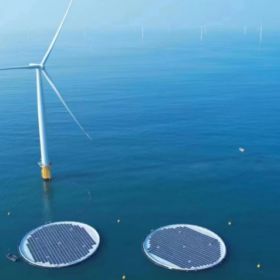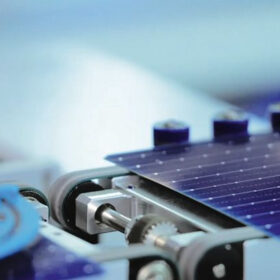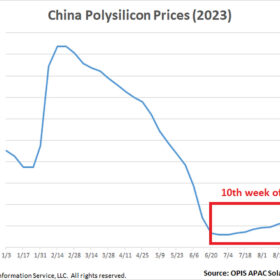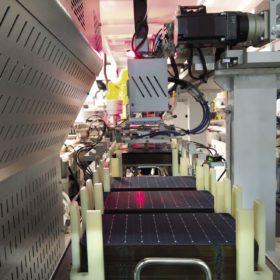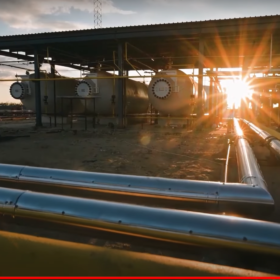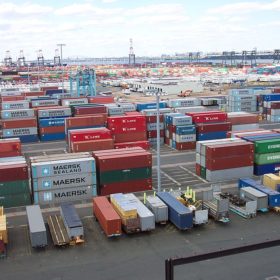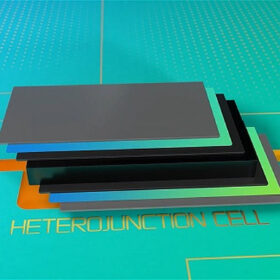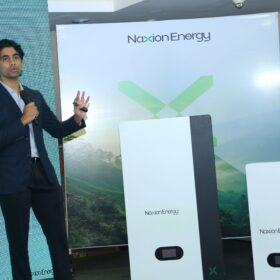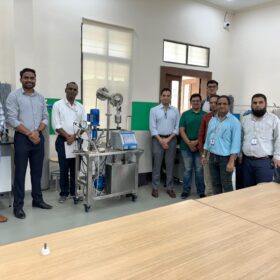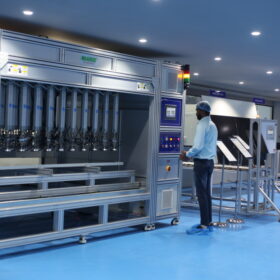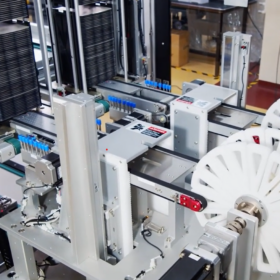The Hydrogen Stream: Researchers test marine green hydrogen feasibility
Mexican researchers have revealed test results for offshore wind-based hydrogen production, while Turkey has started negotiating hydrogen facility partnerships with the United Arab Emirates.
Getting to the bottom of TOPCon degradation
Should the industry be alarmed at the potential degradation susceptibility of tunnel oxide passivated contact (TOPCon) solar cells? Or are the problems easily addressed and more a reflection of rushed-to-market products? pv magazine contributor and consultant Götz Fischbeck reports.
Ashok Leyland to make electric buses in Uttar Pradesh
Ashok Leyland will produce electric buses and also assemble other vehicles powered by emerging alternative fuels at its integrated greenfield plant in Uttar Pradesh.
China polysilicon prices extend gains for tenth successive week
In a new weekly update for pv magazine, OPIS, a Dow Jones company, provides a quick look at the main price trends in the global PV industry.
India’s solar module manufacturing capacity to hit 100 GW by 2026, says MNRE Secretary
Currently, India has 28 GW of solar PV module manufacturing capacity and 6 GW of cell capacity, said Bhupinder Singh Bhalla, secretary, Ministry of New & Renewable Energy (MNRE).
PHDCCI makes recommendations for fast-tracking India’s National Green Hydrogen Mission
The PHD Chamber of Commerce and Industry (PHDCCI) has recommended nil import duty for electrolyzers until 2030 and zero goods and services tax (GST) for green hydrogen/ammonia. It has also proposed the inclusion of green hydrogen derivatives in the list of activities eligible for carbon credit trading, among other suggestions.
‘We have not forgotten how China’s unfair trade practices affected our solar industry’: European Commission president
The president of the European Commission, Ursula von der Leyen, said in the 2023 State of the Union Address this week that European solar manufacturers face stiff competition from heavily subsidized Chinese rivals and noted that the bloc is launching an anti-subsidy investigation into electric vehicles from the country.
India’s solar module imports from China fell 76% YoY in H1 2023
India is seeing a large fall in solar panel imports from China as it prioritizes domestic solar manufacturing, finds a study by Ember.
REC launches 470 W heterojunction solar panel with 22.6% efficiency
REC has developed a new series of heterojunction solar panels with efficiencies up to 22.6% and an operating temperature coefficient of -0.24% per degree Celsius.
Ecoreco to start lithium battery recycling
E-waste recycler Eco Recycling (Ecoreco) will use the technology developed by the Centre for Materials for Electronics Technology (CMET), under India’s Ministry of Electronics & Information Technology (MeitY), to recover valuable elements from end-of-life lithium batteries.
